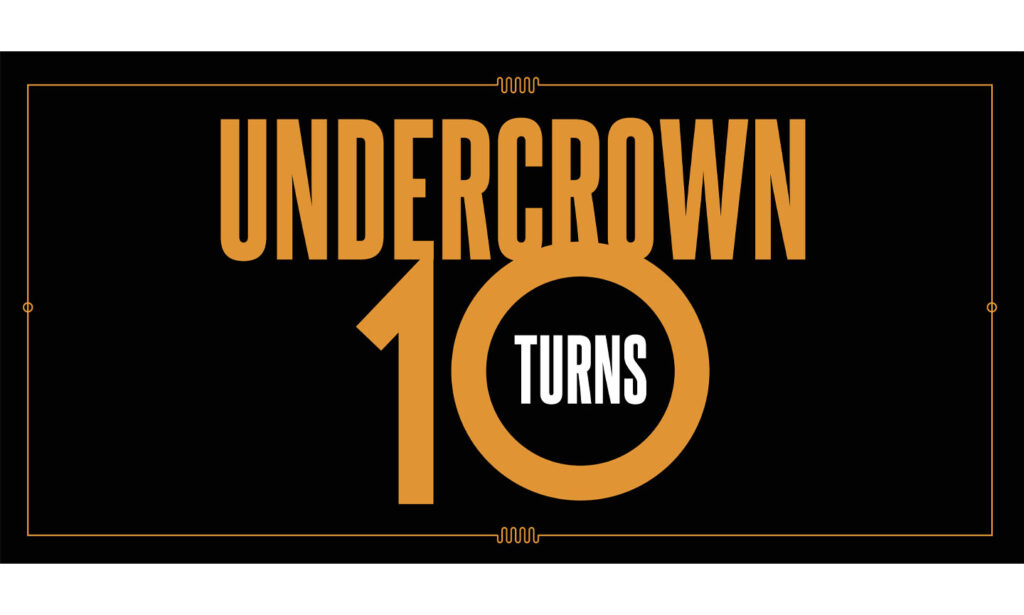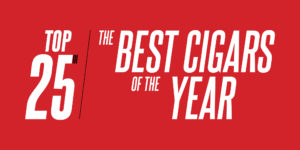HOW A CIGAR BORN ON THE FACTORY FLOOR ASCENDED TO STARDOM
In March 2009, an all hands on deck meeting was called at La Gran Fabrica Drew Estate, a 96,000-square-foot edifice on the west side of Esteli, Nicaragua’s tobacco center. The factory, art space and headquarters of Drew Estate was a loud but tasteful tribute to the importance of the cigar in Nicaragua and was part of an industry that delivered jobs and brought tourism to the impoverished country.
On this day, the success of the company was the subject of the meeting, although not in the usual pep rally fashion. The gathering of managers, flacks and assorted other employees were told they had to quit sampling the goods.
Specifically the Liga Privada No. 9, or “private blend,” a cigar composed of seven tobaccos. The popularity of the cigar had grown as the brand exploded, and they needed every stick produced to meet demand.
“They said ‘no more smoking the Liga on the production floor,’” recalls Pedro Gomez, who started with Drew in 2006 as an errand guy. Now he was management. The floor workers, in particular, were enjoying the Ligas in abundance.
“They were smoking as many as they wanted,” says Gomez, who is now factory spokesman for Drew Estate. “It was outrageous, we had so many back orders and we just couldn’t allow it any longer.”
But, in his wisdom, Jonathan Drew, who co-founded the company as a retail cart at the World Trade Center in 1995, added one figurative note to the Liga off-limits order.
“The one window they left open was that the rollers could use the other parts of the leaf we were using for the Liga,” Gomez says.
Drew says he told the torcedores to “take this tobacco and go wild.”
That caveat would launch what has become Drew Estate’s grassroots success story, a cigar created by and for the people. The Undercrown was an underdog lying in wait.
Jonathan Drew will tell you he graduated seventh in his class at Brooklyn Law School, The private college that cites New York Mayor David Dinkins, entertainment lawyer Allen Grubman and John Gotti defense attorney Bruce Cutler as alums.
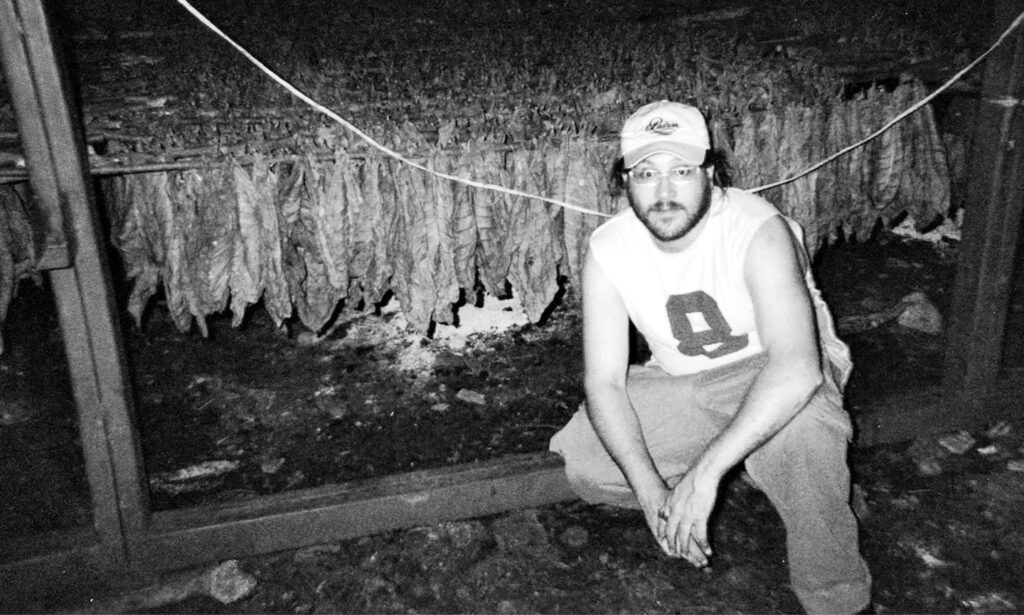
It’s impressive for a second until the skipped beat is filled: “Seventh from the bottom,” adds Drew, 51 years old. At the time he attended law school, in the mid-90s, he was working four jobs, including spending time in his parents’ Long Island antique store.
But cigars had been his calling ever since the driver for New York Sen. Alfonse D’Amato turned him on to one of the Republican senator’s favorite smokes, a Partagás Serie D No. 4.
It was 1992, and the introduction to premium cigars were a byproduct of what Drew calls “a great period of my life.”
He’d gotten into a prestigious program after finishing his undergrad degree at State University of New York at Oneonta that allowed him to work for the gutsy, candid D’Amato.
“He was a fiery Italian guy known for being a best friend of Israel,” Drew says. “He called Saddam Hussein the ‘butcher of Baghdad’ and he was known for his sense of local politics.”
D’Amato launched his national political career taking on established big dogs and he espoused support for the middle class through deeds and words, enough so to keep him in office for three terms.
Drew worked on D’Amato’s 1992 campaign as the youngest deputy political director in the senate, first helping the incumbent D’Amato fend off challenger Laurance Rockefeller in a primary battle then defeat Robert Abrams in the general election.
Drew, though, was drawn more to the cigar world, and began procuring premium cigars for himself and his friends, learning more about the finer points of the trade. That led to his opening a retail cigar cart on the ground floor of the World Trade Center in Manhattan.
It became clear that the cigar business was his calling. A couple years later, Drew made the move to Estelí, Nicaragua in 1998 to launch Drew Estate, rubbing shoulders with the establishment. When he ensured that any success he had was shared with the locals – his constituents – it was in part due to what he learned working with D’Amato.
“That local feeling, the way Alfonse worked, was something we brought with us to Nicaragua,” he says.
The floor workers were crushed, disappointed and a little angry when they heard they had to stop smoking the Liga.
“In addition to everything else I did, I was the guy in charge of announcements over the P.A.,” Gomez says. “So I’d be the voice to greet people, announce birthdays and any other information that had been passed along.”
When part of that information was the ‘no smoking Ligas,’ the floor guys were like ‘what the [hell] bro?’ I told them, ‘hey don’t blame me.’”
But, says factory manager Manuel Rubio, that’s when they started looking for something else to smoke. Rubio was on the floor when Liga was taking hold, and he saw what was going into it. Hell, he’d smoked a few just like the rest of his troops, before the edict to halt came down.
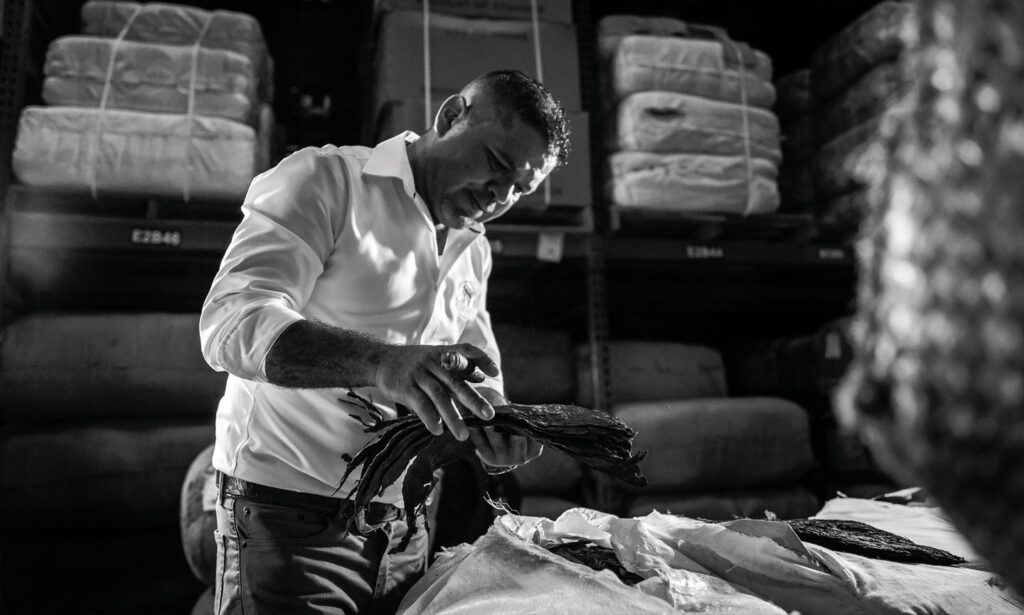
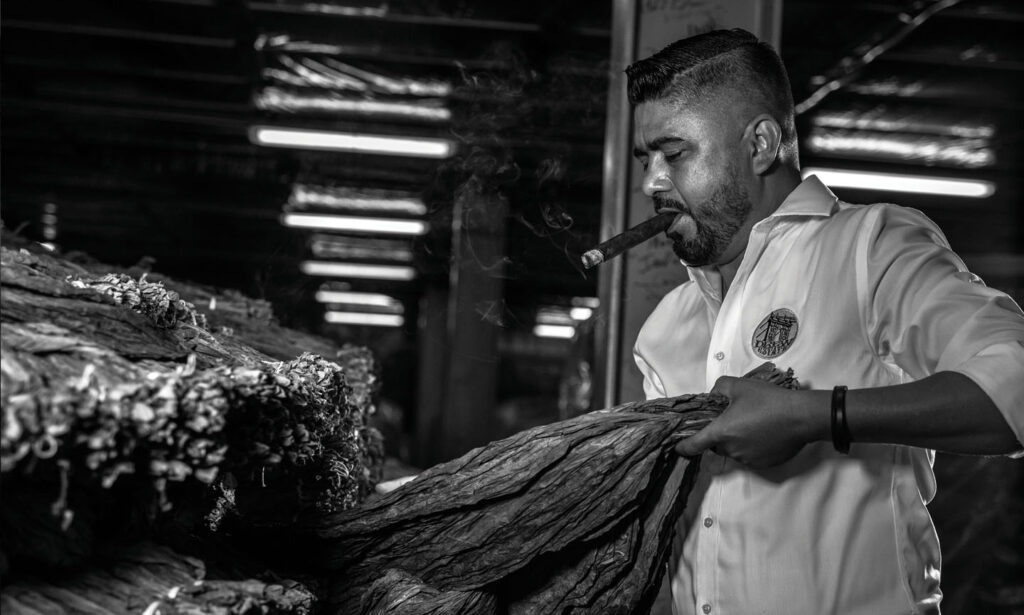
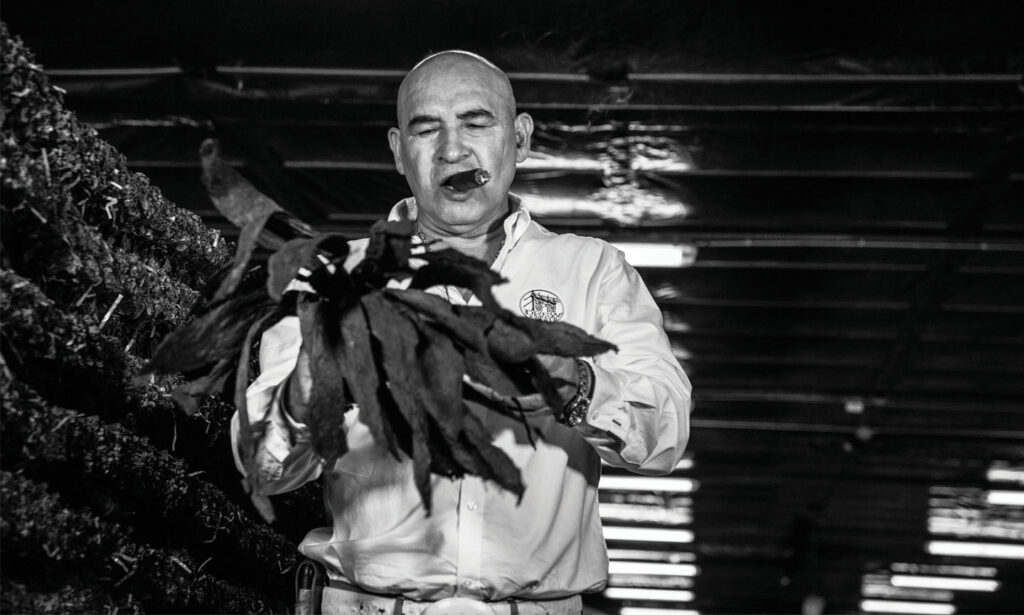
“They’d been told not to smoke Liga, but they also had to make sure they would not run out of material to produce it,” Rubio says.
There were no managers around, only the order not to smoke the Liga and the blending team that had produced that cigar. Plus the same leaf that had been used to roll the Liga Privada No. 9 and the boss’s suggestion to “go wild.”
That was easy.
“The team that worked on the Liga blend was so familiar with the tobacco they were using for it, they knew that it had a great taste,” Rubio says. “It wasn’t being used for the Liga but it was the same vintage leaf. So they said ‘hey, we can’t use this tobacco, but we’re familiar with the rest of it.’ It was very similar to the Liga and they could make something they could smoke that they liked just as much.”
So it started. The rollers used different primings of the same tobacco, creating a cigar that would be as pleasurable as the Liga Privada No. 9, which was one of the most sought-after cigars on the market.
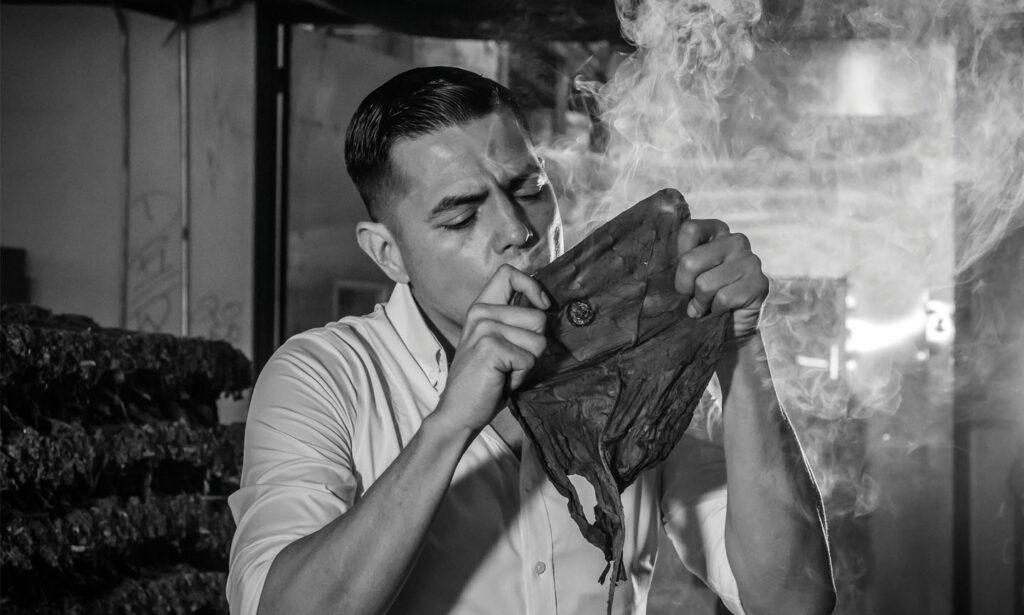
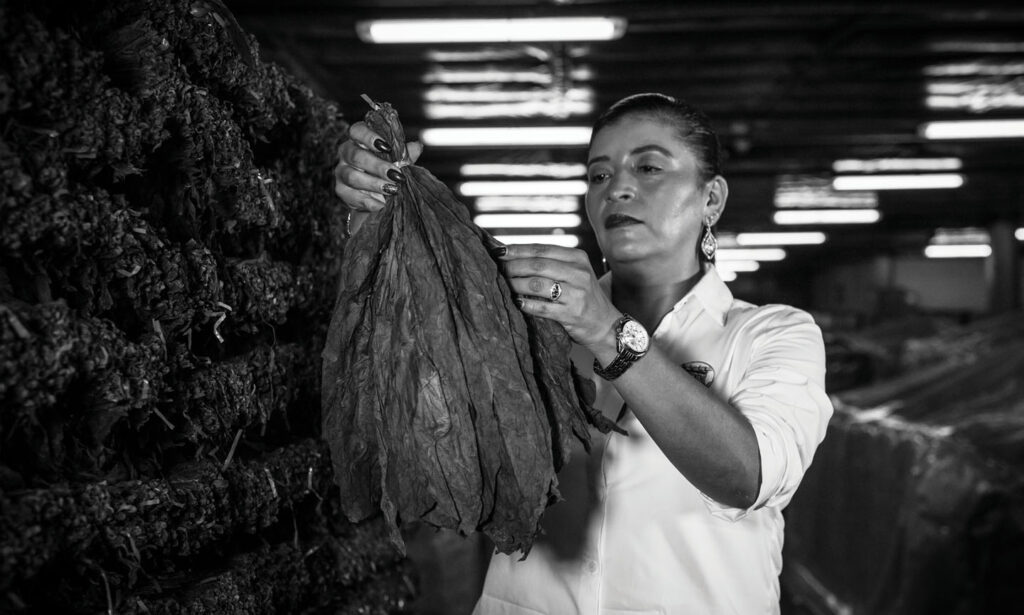
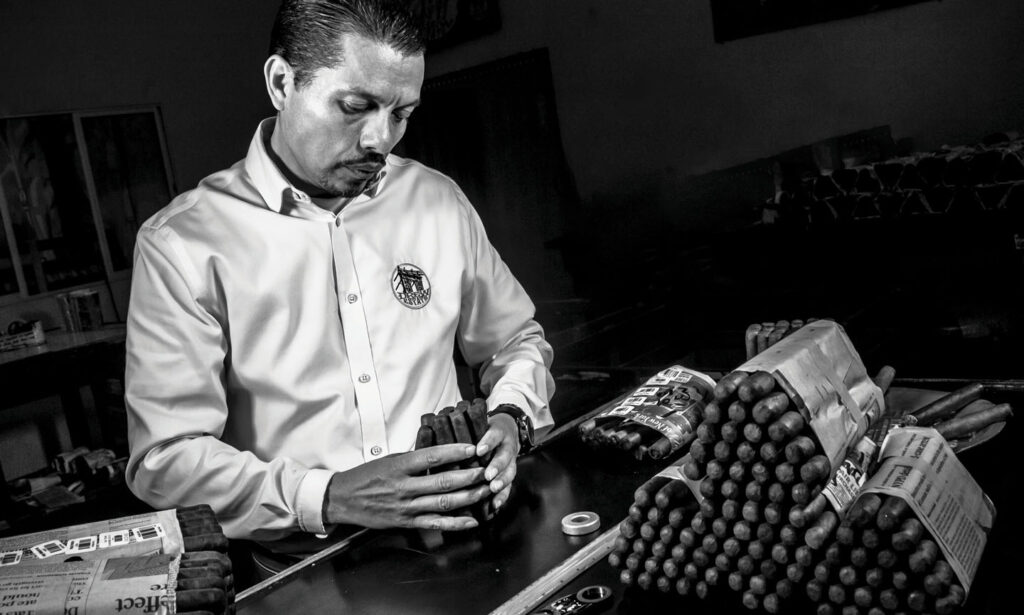
Drew Estate blossomed in Nicaragua, as the style Drew and friends brought from New York caught the attention of some of the elders of the cigar community. They came around to see this brash newcomer and his tattooed crew with their affinity for street art and hip hop.
“We were irreverent, belligerent, doing our own thing,” Drew says. “We are doing the opposite of the twist, we were rocking, hitting from all sorts of unusual angles, being our New York selves. I think we were a breath of fresh air.”
Pretty soon, the invitations came. From the heavyweights, too. Nestor Plasencia. José Orlando Padrón. Juan Francisco Bermejo. Perdomo Jr. and Sr. All of these venerated cigar giants reached out to these crazy kids from the U.S.
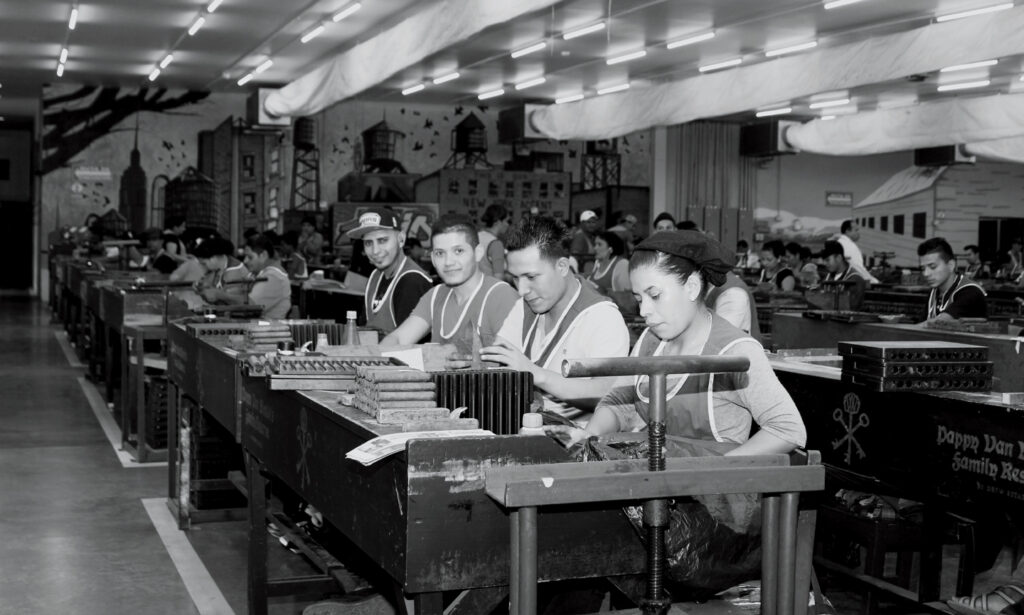
The acceptance came through accomplishment. In 1998, Drew Estate launched ACID cigars and the boutique brand became a smash. Drew Estate was on the map, big time.
But even as they blew up, building their La Gran Fabrica Drew Estate factory/headquarters, developing brands that made them one of the biggest sellers on the market, Drew never forgot an early lesson.
“Those guys like Juan Francisco Bermejo, José Orlando Padrón, Kiki Berger, are about being good people and taking care of employees,” Drew says. “I learned from them how to treat people, watching Don Orlando Padrón treat his people. That’s how you want to be remembered.”
Part of that was empowering employees and having faith in them, the same business approach that allowed the Japanese automakers to carve up a huge niche of the U.S. auto industry.
When Gomez was hired, he noticed Drew would stop and shake hands, sometimes hugging employees. There was no hierarchy, he noticed.
“This is so damn cool,” Gomez thought to himself, feeling lucky to have landed his first job in the cigar industry with Drew Estate.
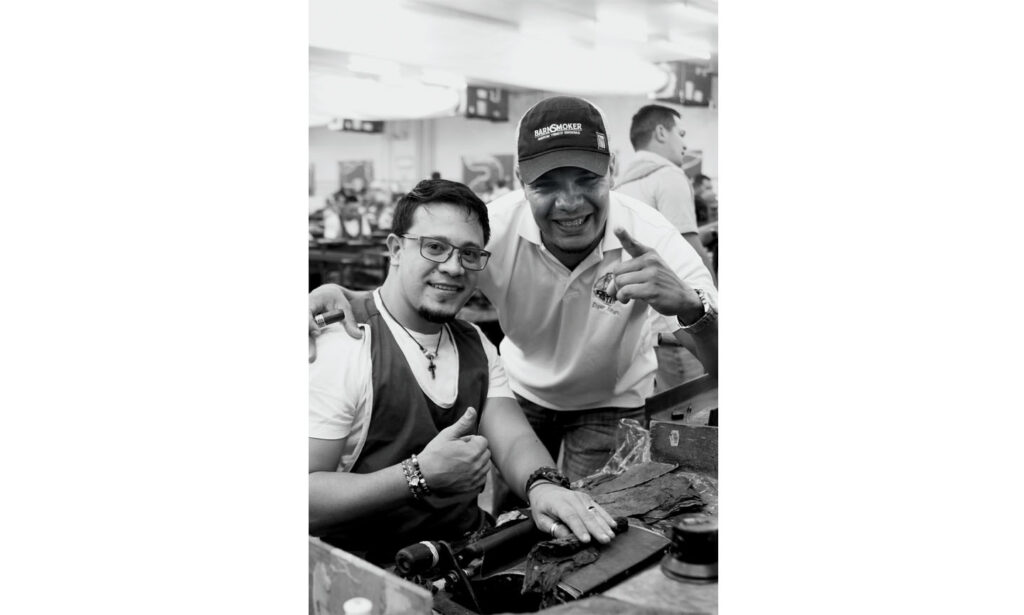
“Out of the blue, what became the Undercrown was the factory smoke,” Pedro Gomez says. “It was a cigar that was for the torcedores, first known as the Liga Undercrown.”
While the blenders and rollers were smoking it, the yet-unnamed cigar became a sample handed out to visitors, who became very interested in it.
“People would come back and say, ‘give me more of these,’” Manuel Rubio says.
Then some managers noticed how it was catching on.
“When these guys found out about it, they smoked it and saw the potential,” Gomez says.
“Ordinarily, a cigar is developed with the concept first and you build the product around it,” Drew says.
“Undercrown was the cigar first, and we had nothing on the palette,” Drew says. “This was inside out for us. The blend was there from the time we told the rollers to stop smoking the Ligas to the time we started tasting what they were using. They were just using different primings from the Liga, and they went all out. Then we realized this brand is not about the leadership at Drew Estate; It’s about the workers.”
In 2011, the cigar that was born on the factory floor became a new Drew Estate brand, using many of the same tobaccos as Liga Privada No. 9.
The Undercrown has become a swirling success, growing from the Maduro in 2011 to the Undercrown Shade four years later to the Undercrown Sun Grown, which features an Ecuadorian Habano wrapper.
Special editions, including the Undercrown ShadyXX, celebrating the 20th anniversary of Eminem’s Shady Records label in 2019, pop up on occasion.
Now, the Undercrown 10 honors the brand’s 10th anniversary as the fourth regular production cigar in the line, made with tobaccos that have a little more aging.
Drew says that after 10 years, he realizes the Undercrown lineage taught the company leaders how to think from the inside out.
“The Undercrown has impacted and influenced how we do things,” Drew says.
“We need to be curious to ask question after question, and listen and learn. It’s part of the Torah and Socratic thinking, the deeper thinking and the art of listening. Your curiosity is what brings you to a new spiritual level. In Undercrown, we have learned that and it has reminded us to stay humble, and even more than that, it’s to be appreciative. Undercrown is this gift.”
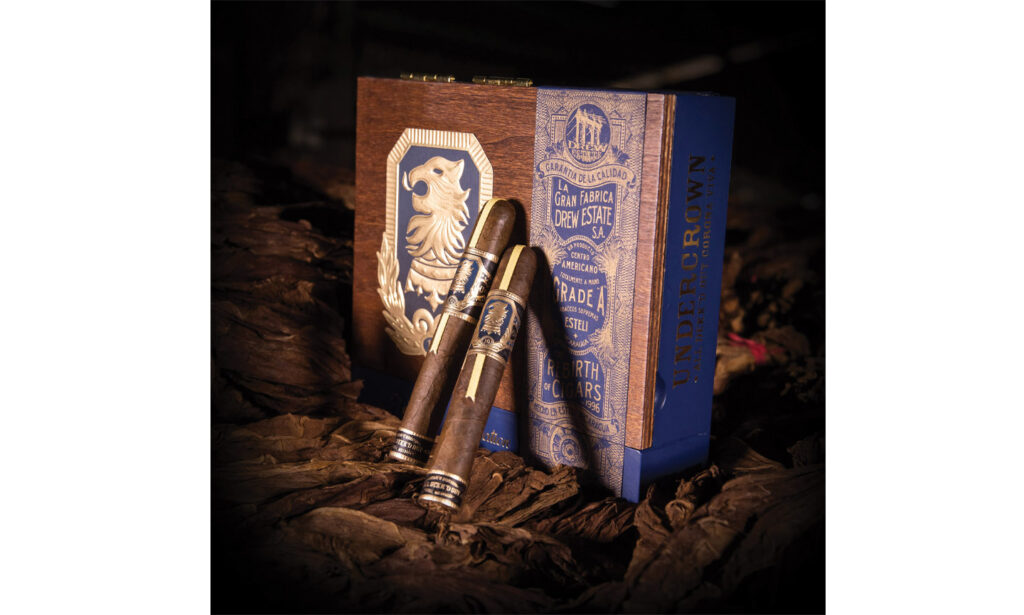
A sweep of Drew Estate’s social media shows enthusiastic support of art, cigars, fine booze and music. Videos are sometimes delivered with bearded intensity and insouciant spirit and street art abounds. The Drew Estate tagline is “the rebirth of cigars,” and it’s an apt slogan. The age of participants in its world skews young and tattooed, and while Drew Estate entered the field when wholesale public declarations were in their infancy, the company has grown up online, allowing it to stake a rightful claim as the new breed.
“The rebirth is, ‘how do you make every album be the first album?’” Drew says, referring to the often truthful notion that many bands’ first release is their best. For him to do that, “it’s about being grounded in culture and sticking to our roots. It’s not about tradition…or heritage… but we bring graffiti to our canvas.”
His awareness of the culture leads him to the future of the Undercrown. Will it be around in 2031? Would that be ensconcing Drew Estate in the world of the status quo, perhaps contradicting the “rebirth” concept?
“I believe in planned obsolescence, to destroy and rebuild,” Drew says. “I think with the Undercrown 10, the 10th year of this cigar represents two things: A decade of dedication and being all decked out and just being fly. And from there I think the next stage is to not be so fly and to look into our roots and break it down to the simple. If anything, we will have to destroy and rebuild it.”

